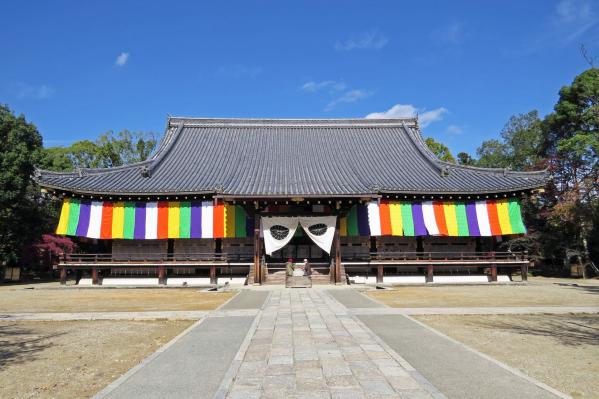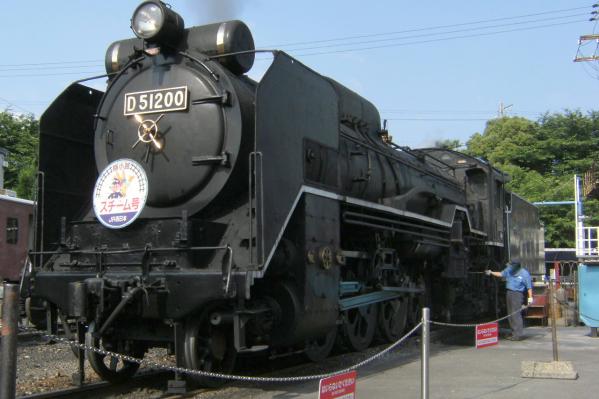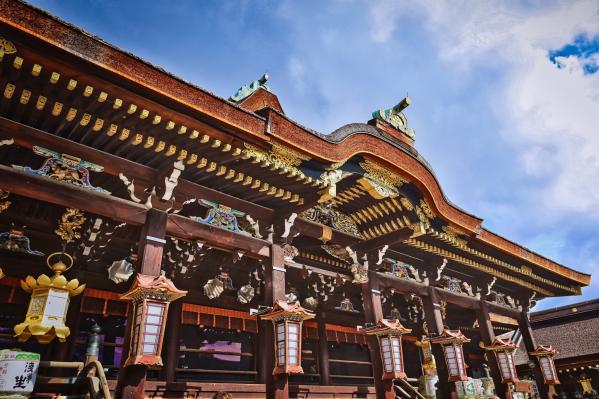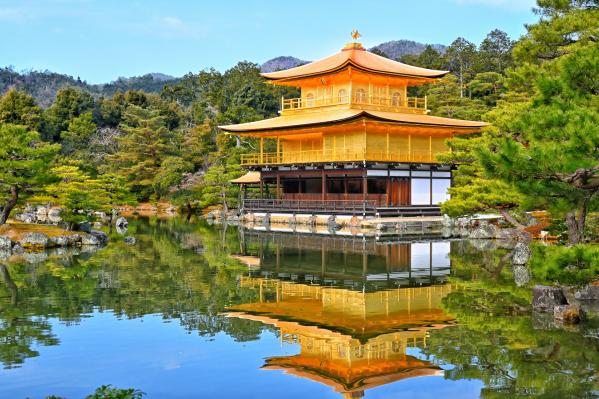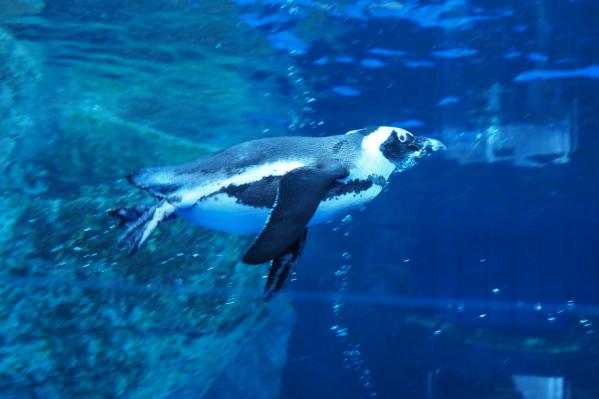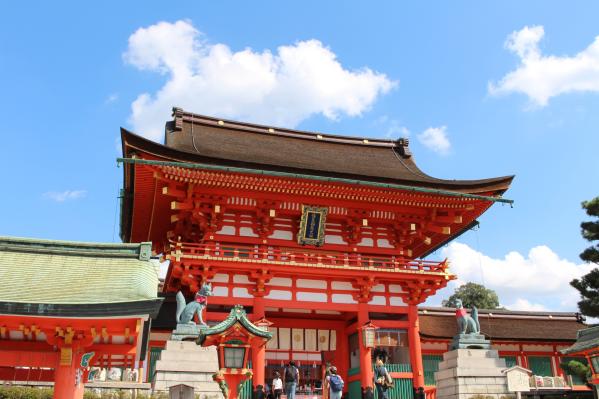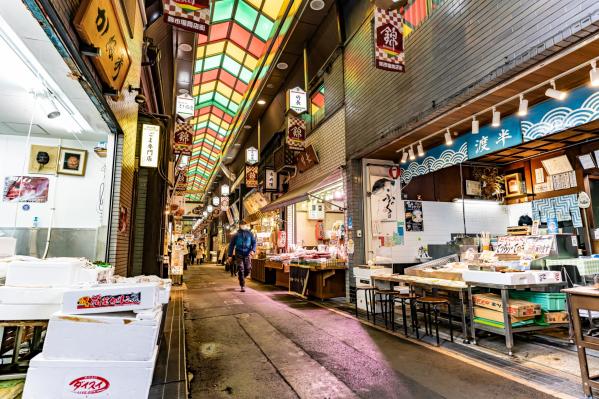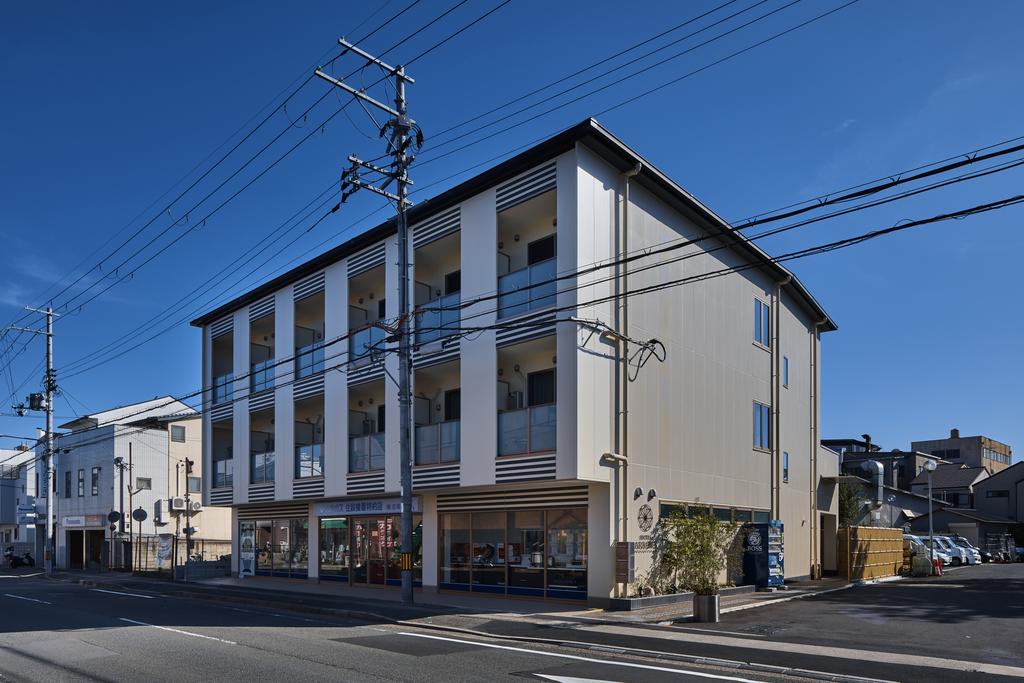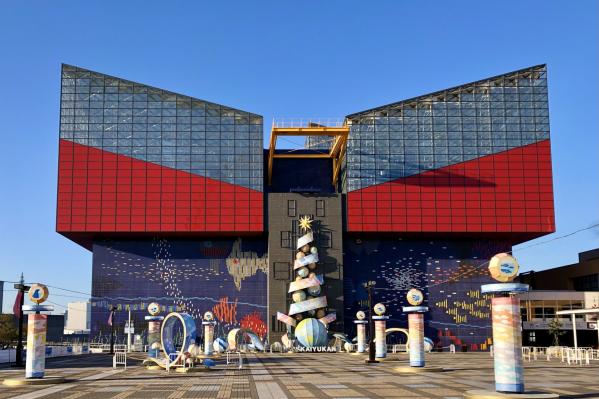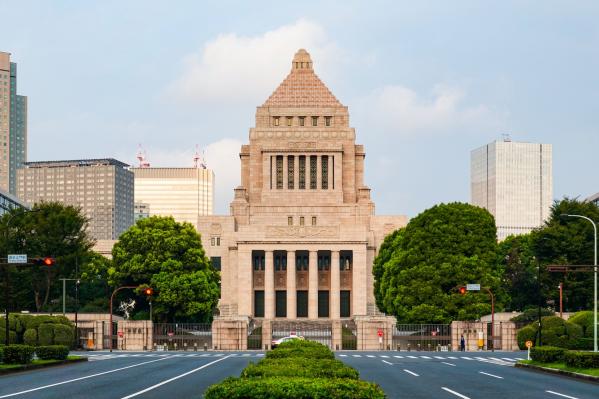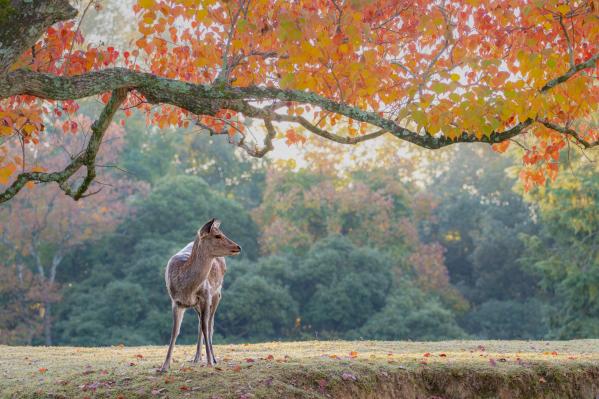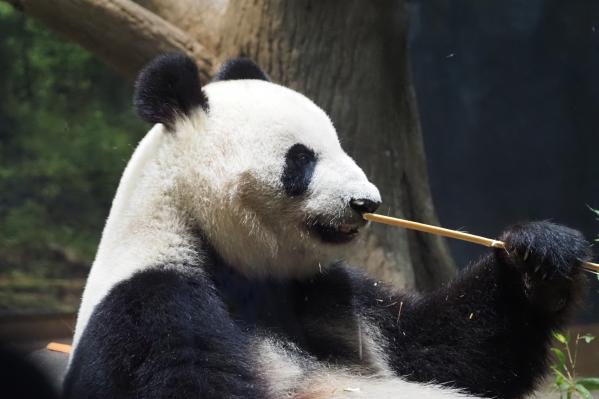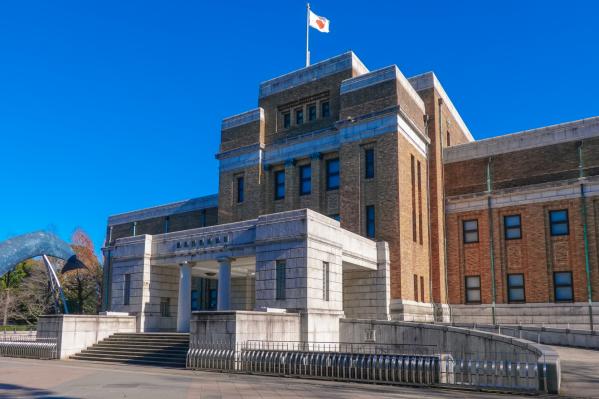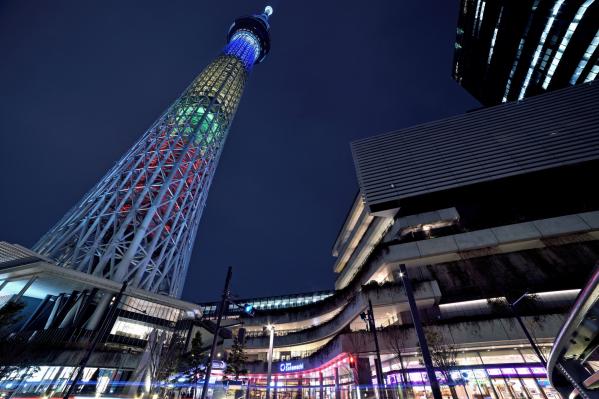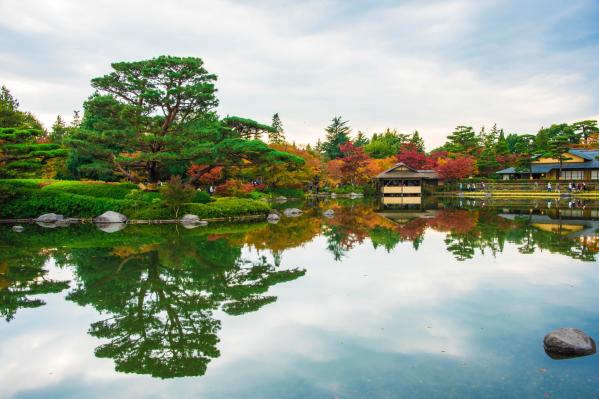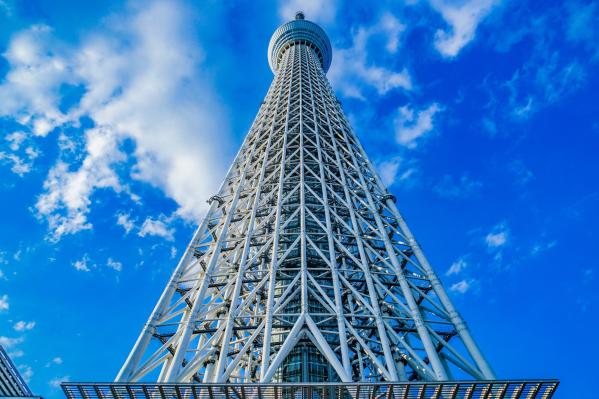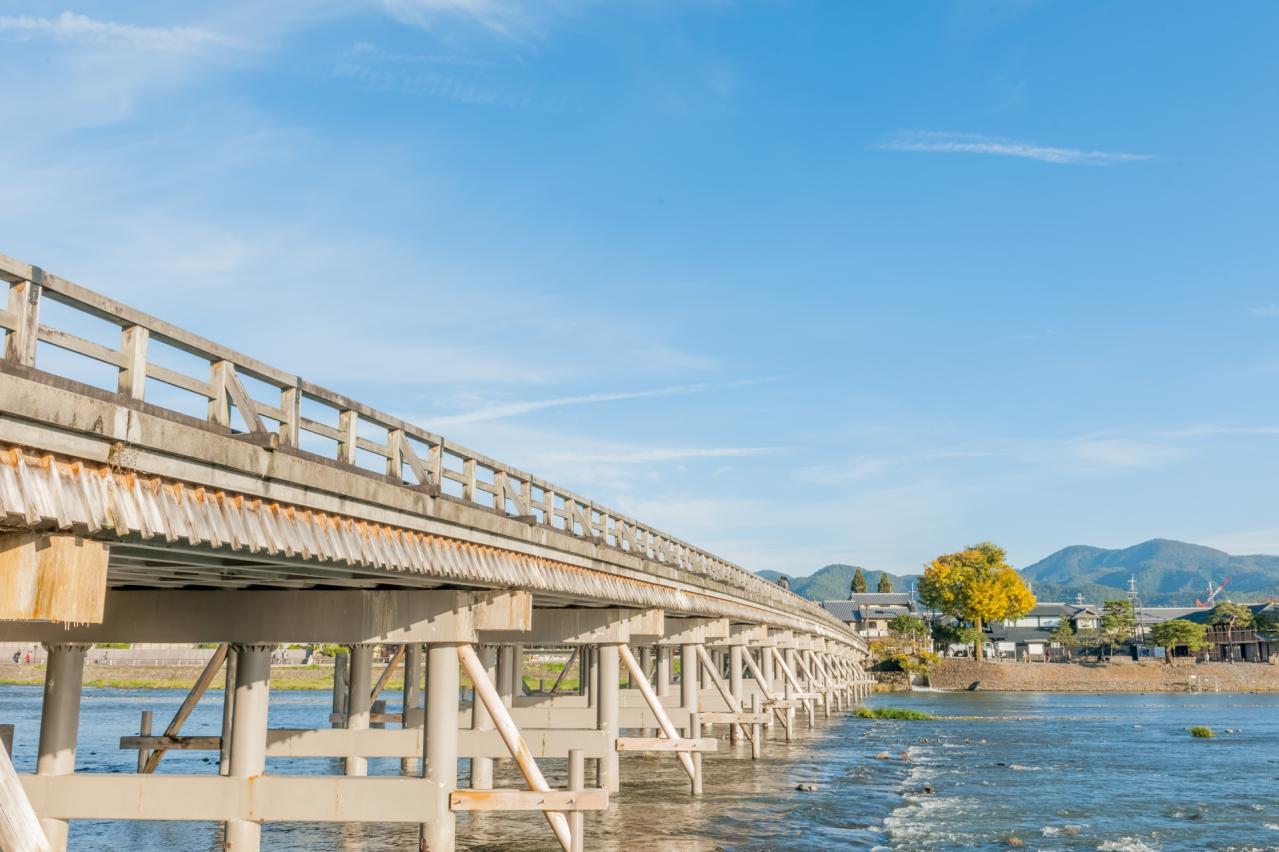
Togetsukyo Bridge
Togetsukyo is well-known as a tourist spot where one can enjoy beautiful landscapes in all four seasons. In spring, cherry blossoms bloom, while autumn brings stunning foliage. Summer features vibrant greenery, and winter may see a layer of snow. The scenery of the upper Hozu River and lower Katsura River changes with each season, offering new discoveries with every visit.
The Arashiyama area also boasts many attractions, such as the "Bamboo Grove Path," Tenryuji Temple, and Jojakkoji Temple, with Togetsukyo serving as a central hub. Especially in summer, you can witness the traditional cormorant fishing (ukai) and various events like the lantern floating on August 16 and the Momiji Festival in November.
The bridge measures 155 meters in length and 12.2 meters in width. Originally wooden, it now features a combination of reinforced concrete and wood. There is no toll for crossing, making it an easily accessible spot for tourists. Togetsukyo Bridge, a symbol of the popular Sagano-Arashiyama area in Kyoto, continues to captivate many with its beautiful scenery and historical significance.
Basic Information
- Spot Name
- Togetsukyo Bridge
- Location
- 〒616-8383 Nakanoshima-cho, Saga, Ukyo-ku, Kyoto City
- Access
- Approximately a 3-minute walk from Keifuku Electric Railway Arashiyama Line "Arashiyama Station."
Approximately a 5-minute walk from Hankyu Railway Arashiyama Line "Arashiyama Station."
About a 30-minute drive from Meishin Expressway "Kyoto Minami IC."
About a 40-minute drive from Meishin Expressway "Oyamazaki IC."
Approximately a 20-minute drive from Kyoto Jukan Expressway "Kutsukake IC." - Parking
- Please use the nearby paid parking facilities.
- Business Hours
- Free admission
- Regular Holiday
- None
- Fees
- Free
- Official Website
Map
Togetsukyo Bridge Movies
Kyoto Tourist Attractions
View ListKyoto Railway Museum
The Kyoto Railway Museum, opened in 2016, is one of the largest railway museums in Japan, designed to be a fun and educational facility with the theme of "see, touch...
Kyoto Tower
Kyoto Tower was built as a "major center for industry, culture, and tourism," with the purpose of "contributing to the development of Kyoto City." Completed in the s...
Kitano Tenmangu Shrine
Kitano Tenmangu is a historic site in Kyoto that is widely revered as the deity of learning and the arts. This shrine enshrines Sugawara no Michizane, a scholar and ...
Kinkaku-ji (Golden Pavilion)
Kinkaku-ji, officially known as Rokuon-ji, is a temple located in the northwest of Kyoto City, famous for its distinctive pavilion called the "Golden Pavilion" cover...
Kyoto Aquarium
Kyoto Aquarium is a large inland aquarium located in Umekoji Park in the Shimogyo Ward of Kyoto City. It is conveniently accessible, being about a 15-minute walk fro...
Fushimi Inari Taisha Shrine
Fushimi Inari Taisha is the head shrine of approximately 30,000 Inari shrines located in Kyoto. It is believed that the deity Inari was enshrined here in the 4th yea...
Nishiki Market
Nishiki Market is a historic marketplace located in the heart of Kyoto, which began as a fish wholesaler known as "Nishino-ten" during the Tensho period (about 400 y...





![[京都|Kyoto]歴史ある"渡月橋"を散策|桂川沿いを阪急嵐山駅から観光|Arashiyama "Togetsu-kyo Bridge" Walking Tour(Vlog)](https://i.ytimg.com/vi/HIfpr_bP9Xg/mqdefault.jpg)


